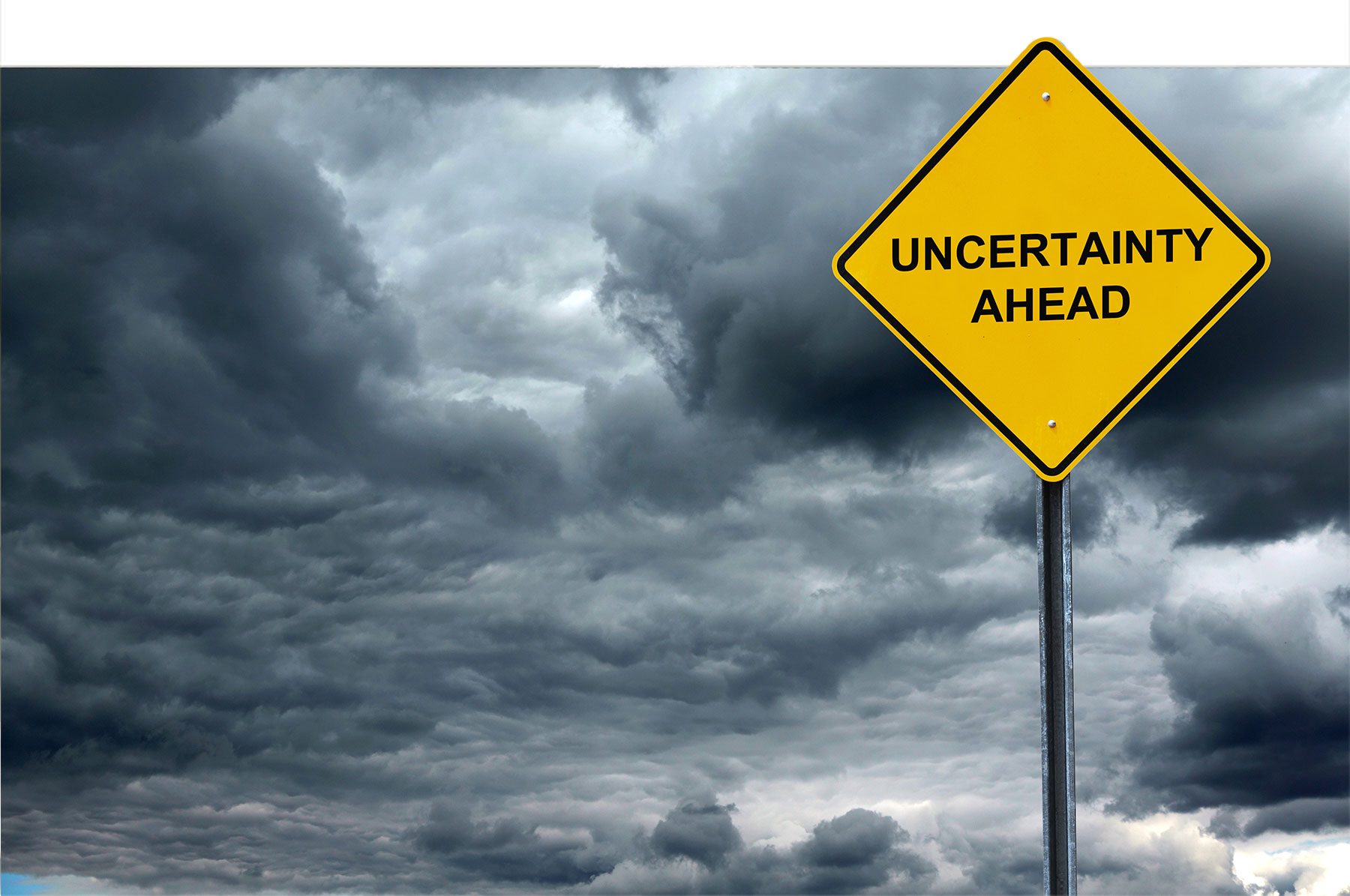
A Natural Hazard for Agents & Brokers
E&O Disclosure Claims
A residential property sale is fraught with things that can go wrong! The agent/broker representing the buyer or seller puts themselves in the crosshairs of an emotional, high‐value transaction, typically involving ordinary individuals unsophisticated in complex business matters and where a host of other professionals – appraisers, inspectors, lenders, title agents and attorneys – can add additional layers of complication.
With all of these factors in play, it may still be no surprise that disclosure/non‐disclosure allegations about property conditions make up the bulk of E&O claims against agents and brokers, comprising up to 70% or more of an insurers’ malpractice claims portfolio. This is a large percentage considering other ways an agent can get sued – fair housing or discrimination, escrow disputes and breach of contract among them. Disclosure issues can include misinformation about property boundaries, school districts, unpermitted improvements, septic/sewer systems, leaky roofs and even the crazy dog next door, to name just a few. This list also needs to include natural hazards such as flood zones, sinkholes, mudslides and everything else Mother Nature might try to throw at us.
Many states have well‐defined regulatory or other mandated requirements for disclosure regarding the sale of residential property. Some states have little to no requirements for sellers’ disclosure, but it should be universally understood that the expectation of property condition disclosure falls squarely on the agent/broker. The courts and arbitrators hold a high standard of care for the real estate professional; consequently, liability is frequently assigned to them whether the agent had knowledge or was assumed to “should have” had the knowledge of defect or potential hazard. Some claims can be less expensive ‐ a small roof leak for example. Those that involve natural hazards can easily go into the hundreds of thousands of dollars of liability.
A real estate salesperson (or property manager) should take every available precaution to accurately disclose the condition or potential hazard of a property. A Seller’s disclosure form should be used consistently, whether mandated or not. If any Seller’s disclosure or reporting tools are available to the agent or homeowner that reduce liability, the agent/broker should take full advantage of them. Some businesses that provide Seller’s disclosure tools work hand‐inhand with REALTOR® associations to ensure that the disclosure forms are fully compliant and integrated with state mandates. Agents and brokers should be aware of the expectation of the public, especially potential homebuyers, of assumed knowledge about a property being offered, and the subsequent standard of care applied in the legal arena. Any knowledge of property condition should be fully documented and disclosed (but never diagnosed, except by an expert in that field) to diminish the chance of a lawsuit or mitigate the damage should one be brought against the agent/broker.
Author: John Torvi
John Torvi is the Vice President of Marketing & Sales at the Herbert H. Landy Insurance Agency of Needham, MA. John has been in the insurance industry, focusing on the needs of business owners, for over 27 years. He holds a Bachelors Degree from Providence College and a Masters Degree from Springfield College and is a frequent speaker and contributor to professional journals and conferences for the legal, accounting, real estate and insurance industries.
The Landy Agency is a national leader in providing non-medical, professional liability and cybercrime insurance for accountants, attorneys, and real estate professionals. John can be reached at 781‐292‐5417 or johnt@landy.com. Visit www.landy.com for more information.
If you are an insurance producer looking to register with us or obtain coverage for your client, please go to the Partner Resource Center for information.
